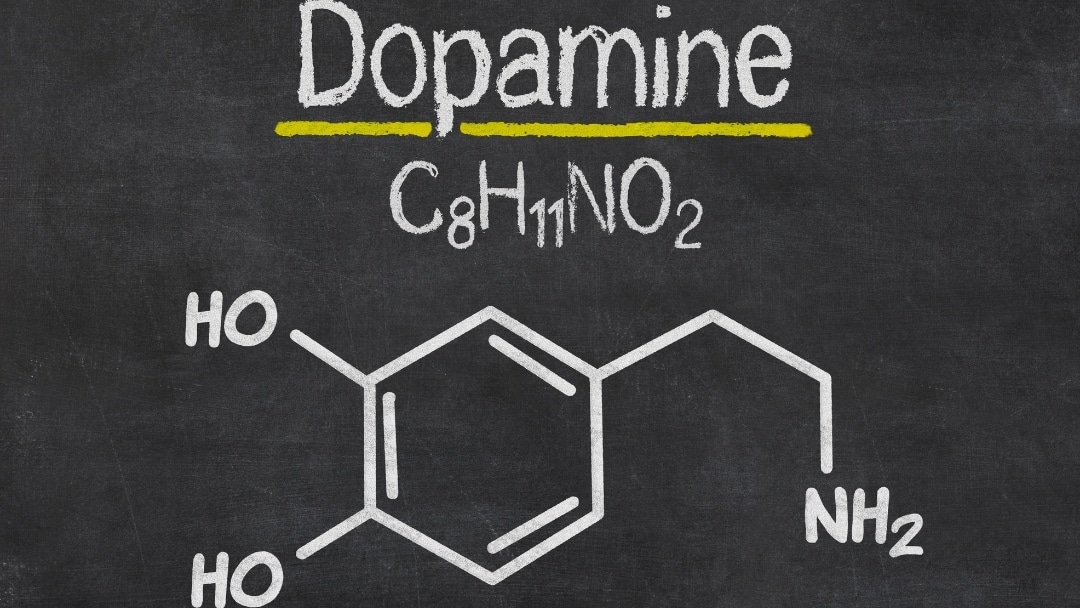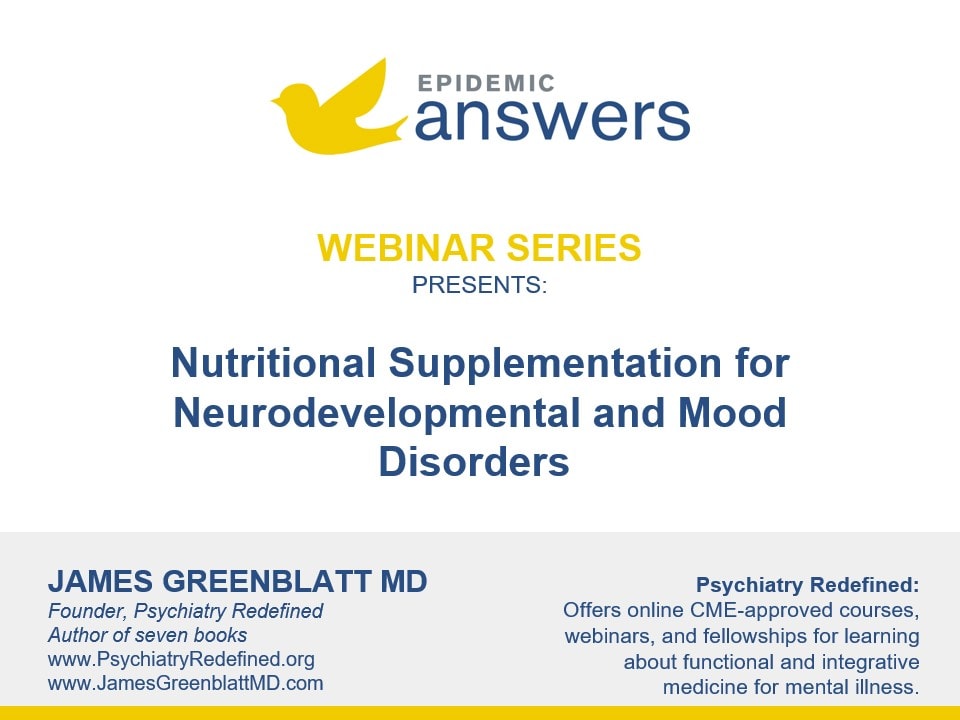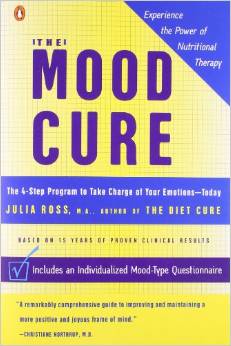Catecholamines are naturally occurring amines that function as hormones and neurotransmitters in the body. In chemistry these hormones have a benzene ring with two OHs (hydroxides), hence the odd name.
Catecholamines are produced by the adrenal glands, which are located on top of the kidneys. The adrenal glands create large amounts of catecholamines to prepare the body and brain to deal with extreme physical and emotional stress. Catecholamines are then released into the blood stream usually when adrenocorticotropic hormone (ACTH) increases and cortisol levels are elevated.
The three main catecholamines are dopamine, epinephrine (adrenaline) and norepinephrine, and all three have different functions.
Catecholamines and Neurodevelopmental Disorders
Children with autism, ADHD, Sensory Processing Disorder or those with chronic illnesses often have irregularies and/or irregular functioning of catecholamines. Sometimes not enough catecholamines are released, and children under-respond in highly stressful situations. Other times, too much catecholamines are released, and children over-respond in highly stressful situations. The individual functions of the catecholamines are all very important functions for children.
Dopamine
Dopamine is more involved in brain functioning, while epinephrine and norepinephrine are both involved in activating the sympathetic nervous system in the fight-or-flight response to stressful situations. Dopamine is one of the most important brain hormone/neurotransmitters for children with neurodevelopmental disorders.
Low dopamine affects the ability to focus and think, while high dopamine causes an overload on the brain’s ability to process information. Here are some of the important functions of dopamine which are all crucial to children with neurodevelopmental disorders:
- Memory
- Cognitive functioning
- Clarity
- Attention
- Focus
- Motivation
- Motor control
- Movement
- Appetite
- Problem-solving
- Emotional responses
- Sensitivity
- Processing information
- Relaying information
- Perception of change
- Posture
Anti-Dopamine Receptor Antibodies
Children with autism, ADHD, Sensory Processing Disorder, Lyme disease, PANS/PANDAS, OCD, ODD or mood disorders may have pathogenic infections that have crossed the blood-brain barrier because of traumatic brain injury or exposure to EMFs (electromagnetic field), toxins or antibiotics. Cross-reactive antibodies created in response to these pathogenic microbes attack the dopamine receptors in the basal ganglia of the brain, causing a fluctuation in dopamine, which results in OCD, tics and other neuropsychiatric symptoms. This is sometimes called autoimmune-mediated basal ganglia dysfunction.
Epinephrine
Epinephrine is involved in the body’s adrenaline drive in the fight-or-flight response. It is usually released in situations of arousal such as anxiety, excitement, fear and response to stress. This catecholamine regulates:
- Metabolism
- Heart rate
- Blood pressure
- Respiratory function
- Appetite
- Sleep
- Memory
- Learning
Elevated levels of epinephrine are associated with:
- Hyperactivity
- Anxiety
- Adrenal fatigue
Low levels of epinephrine can cause:
- Decreased energy
- Fatigue
- Depression
- Insufficient cortisol production
- Chronic stress
- Burnout
- Poor recovery from illness
- Dizziness
- Persistent adrenal stimulation
Epinephrine is more commonly known to treat a very severe allergic reaction with an EpiPen.
Norepinephrine
Norepinephrine’s primary role is to create more alertness, arousal, awareness and generally more responsiveness when confronted with a stressful situation. Unlike the hormone cortisol, norepinephrine is released on an as-needed basis and returns to normal after a stressful event.
Norepinephrine improves:
- Memory
- Focus
- Attention
- Mood
- Restless leg syndrome
However, a lack of norepinephrine can cause:
- Attention deficit issues
- Fatigue
- Mental fogginess
- Little interest in life
- Moodiness
- Anxiety
- Panic attacks
- Insomnia
- Depression
In addition, an extreme amount of norepinephrine may be released during a mania experience such as in bipolar disorder.
How to Boost Catecholamines
L-tyrosine is an amino acid that can increase norepinephrine and dopamine in the brain to help improve moods, allergies and depression. It is the precursor to catecholamines, and good sources of it are:
- Meat
- Fish
- Chicken
- Legumes
Good vegetarian food sources for catecholamines are:
- Chocolate
- Bananas
- Walnuts
- Apples
- Beets
- Watermelon
- Wheat germ
- Avocados
- Fava beans
- Cheese
- Vanilla
- Licorice root
Rhodiola rosea (an adaptogenic herb) and choline can increase dopamine.
How to Lower Catecholamines
Sometimes, your practitioner may discover that your child has excess catecholamines, so they may need to be lowered. Mangosteen (a fruit) is beneficial for reducing high dopamine levels, and the following supplements can reduce high epinephrine and norepinephrine levels:
- Active B vitamin complex
- Pantothenic acid (B5 is the stress vitamin and supports the adrenals)
- Vitamin C
- Vitamin D3
- Zinc
- Rescue Remedy for emotional outbursts
- L-theanine
- GABA
- Homeopathic and herbal adaptogens
- Phosphatidylserine
- Cordyceps mushrooms
These all support the adrenals and are calming to the body. Daily exercise and sports activities are also very helpful in keeping stress levels down. As always, we recommend that you work with a healthcare practitioner to determine if your child needs any of these supplements.
Still Looking for Answers?
Visit the Epidemic Answers Practitioner Directory to find a practitioner near you.
Join us inside our online membership community for parents, Healing Together, where you’ll find even more healing resources, expert guidance, and a community to support you every step of your child’s healing journey.
Sources & References
Swanson, J.M., et al. Etiologic subtypes of attention-deficit/hyperactivity disorder: brain imaging, molecular genetic and environmental factors and the dopamine hypothesis. Neuropsychology Review. 2007 Mar;17(1):39-59.




